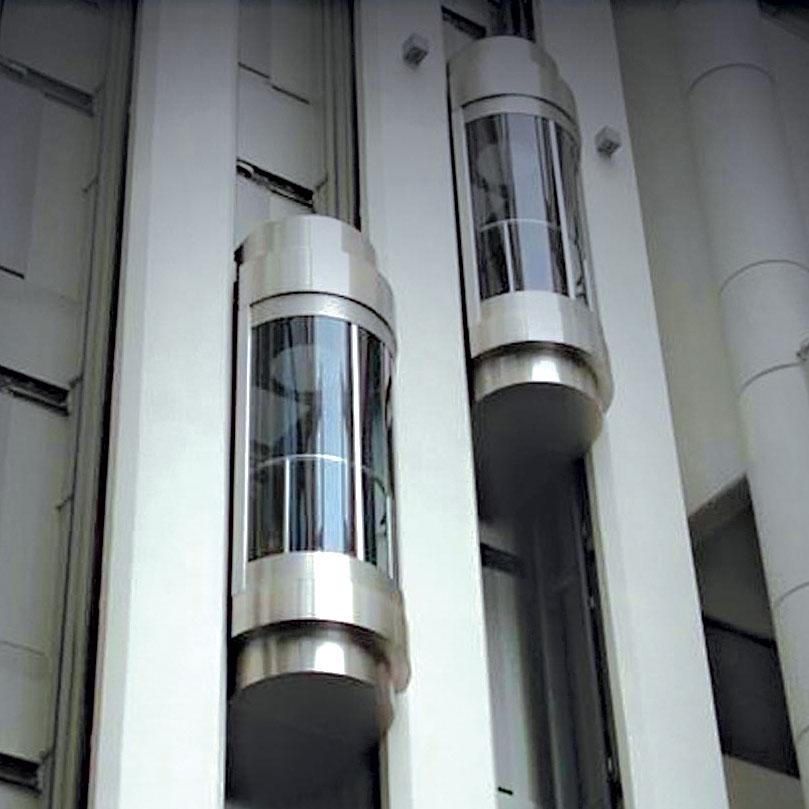Leading Lift Companies in London: Supplying Exceptional Solution and Assistance
Looking Into the World of Lifts: Usual Problems Faced by Different Lift Mechanisms
As we navigate via the vertical transportation systems of modern structures, lifts attract attention as a vital part of our every day lives. However, behind their seamless operation exists a globe of complex devices that can sometimes experience obstacles. From hydraulic elevators to traction systems and machine-room-less designs, each lift kind comes with its collection of typical issues. Recognizing these obstacles is critical for ensuring the smooth functioning of these vital systems. Let's discover the complexities that underlie the procedure of elevators and the prospective concerns that can occur, losing light on the complex internet of lift systems.
Hydraulic Elevators
Hydraulic lifts, often favored for low-rise structures, make use of fluid pressure to regulate the movement of the lift cars and truck (lift repair companies). This device involves a hydraulic pump pressing oil into a cyndrical tube, causing the elevator to relocate the preferred direction. While hydraulic elevators are known for their smooth and peaceful procedure, they do come with their own set of typical issues
One common trouble with hydraulic lifts is oil leakage. Furthermore, issues with the control system, such as faulty valves or a malfunctioning pump, can trigger disturbances in the lift's activity.
Regular upkeep and punctual repair services are important to make certain the smooth performance of hydraulic lifts. By resolving these usual problems proactively, building proprietors can decrease downtime and ensure the safety and security and effectiveness of their vertical transport system.
Traction Elevators
When taking into consideration upright transport systems in structures, an additional usual kind in addition to hydraulic elevators is the grip elevator. Grip elevators run utilizing a system of ropes and weights that move the elevator auto by grasping onto the hoist ropes. This system permits smoother and quicker upright transportation compared to hydraulic systems.
Among the typical concerns encountered by grip elevators is rope wear. The continuous motion of the ropes within the traction system can cause tear and put on in time, possibly triggering the lift to breakdown or become risky for usage. Routine examinations and upkeep of the ropes are vital to make certain the elevator's appropriate functioning and safety.
Another issue that traction elevators might run into is connected to the control system. Issues with the control system can bring about concerns such as unpredictable movement, hold-ups in response times, or even total shutdowns. Regular testing and upkeep of the control system are critical to prevent such issues and ensure the elevator's integrity.
Machine-Room-Less (MRL) Lifts

Among the key elements of MRL lifts is the compact gearless traction maker that is installed within the hoistway. This device efficiently drives the elevator car without the demand for cumbersome tools found in typical traction elevators. In addition, MRL lifts normally use index a counterweight system to stabilize the cars and truck, more enhancing their energy efficiency.
Regardless of their benefits, MRL elevators might face challenges connected to maintenance and repair service as a result of the confined area for equipment installment. Access for servicing parts within the shaft can be restricted, requiring specialized training for service technicians. Appropriate maintenance timetables and routine examinations are vital to make certain the ongoing smooth operation of MRL elevators.
Overloading and Weight Limitation Issues
Straining and weight restriction problems are vital issues in elevator operations. Elevator producers style lifts with particular weight abilities to guarantee traveler security and equipment long life.
When elevators are overloaded, it places too much pressure on the electric motor, wires, and other parts, possibly creating malfunctions or breakdowns. If they find excess weight, safety and security mechanisms such as sensing units and overload sensing units are in area to avoid lifts from relocating. Additionally, surpassing weight limitations can cause raised power usage and deterioration on the elevator system.
To alleviate overwhelming issues, building managers ought to plainly show weight limitations in lifts and enlighten passengers on the importance of adhering to these restrictions - lift repair companies. Normal maintenance checks by certified specialists can also help make certain that lifts are running within secure weight criteria. By attending to overloading and weight restriction concerns proactively, building owners can enhance elevator security and efficiency
Electric System Failings
Surpassing weight restrictions in lifts can not only lead to mechanical problems however likewise potentially contribute to electric system failings within the lift framework. Electrical system failures are a critical problem in lift procedure, as they can cause unforeseen closures, malfunctions, or even safety dangers.
Routine upkeep and evaluations their explanation are important to recognize and address prospective electrical problems without delay, guaranteeing the safe and efficient operation of lift systems. By click for more info adhering to weight limits and carrying out routine electrical system checks, building proprietors can mitigate the risk of electrical failings in elevators.
Final Thought

Hydraulic elevators, usually favored for low-rise structures, use fluid stress to control the motion of the elevator vehicle.When thinking about vertical transport systems in buildings, another typical kind apart from hydraulic elevators is the grip elevator. Traction elevators operate making use of a system of ropes and weights that move the lift automobile by grasping onto the hoist ropes. Unlike conventional elevators that require a separate equipment room to house the devices, MRL elevators incorporate most of the elements within the shaft, getting rid of the need for a committed device space.In final thought, lifts face typical issues such as hydraulic malfunctions, traction system failures, and electrical system issues.